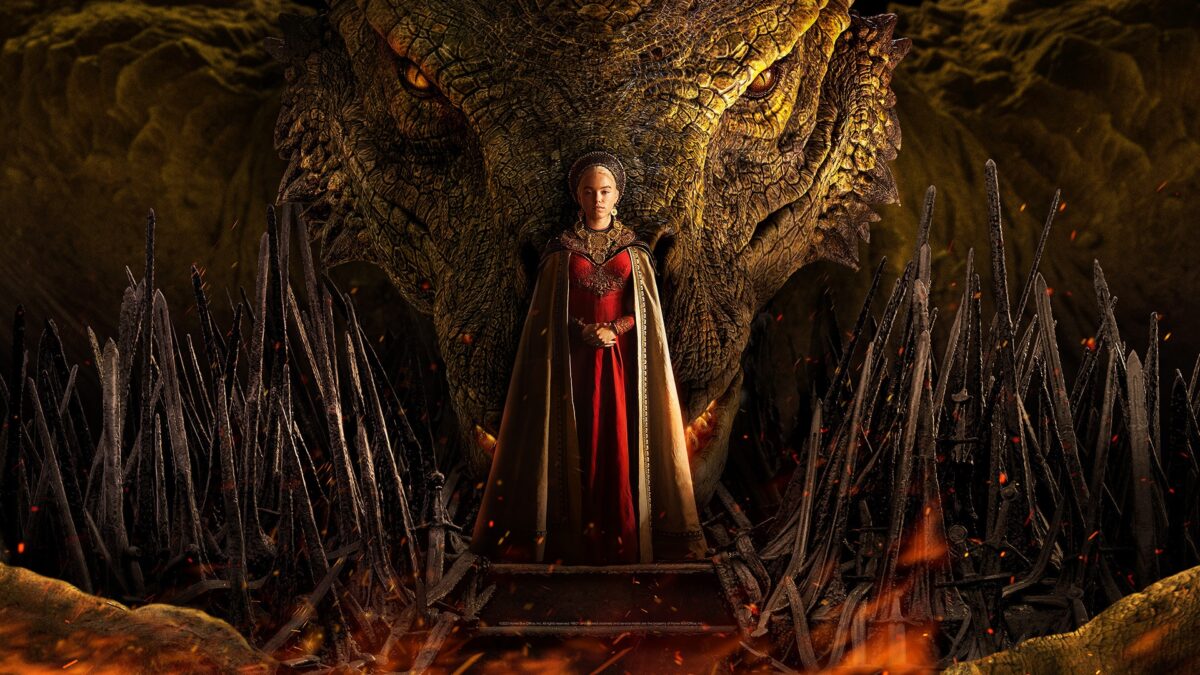“Game of Thrones” Sundays have officially returned. After the massive let-down that ended the HBO pop-culture phenomenon, fans have been awaiting a return to the world of Westeros. “House of the Dragon” promises the return.
Set 200 years before the events of “Game of Thrones”, “House of the Dragon” takes a dive into Westeros with House Targaryen at the height of their power. From the first episode alone, “House of the Dragon” will explore themes of succession, sexism and classism.
Fantasy as a genre allows for the exploration of themes in a way that is not possible through regular media. Fantastical settings and events allow the creators of these stories to explore themes hyperbolically. “House of the Dragon” uses the Westeros to give perspective and insight into real-world problems that viewers may deal with.
A Prologue
The first episode of the show focuses heavily on succession to the Iron Throne. From the first scene, all three major themes are put on display. In a scene that takes place 15 years before the following scenes in the episode, King Jaehaerys I Targaryen elects a council of mostly male lords to decide who will be his successor to the Throne. The two primary candidates are his two grandchildren, cousins Rhaenys Targaryen, eldest living descendant to the Throne, and Viserys I Targaryen, eldest living male descendant to the throne.
In this scene, while Rhaenys is the eldest, giving her precedent to the Throne. However, Viserys is elected to inherit the throne by the council of over a thousand lords of Westeros. This biting undercut to the succession of the Throne made by this council sets the tone for the rest of the episode and surely for the rest of the series.
A Battle on Two Fronts
We are brought many years into the rule of King Viserys later in the episode. His wife, Aemma Targaryen, is about to give birth to their second child. The king is certain the child will be male. To celebrate, he holds a jousting tournament to celebrate the coming birth of his male heir. As the bouts begin, Aemma begins to give birth.
During a brutal interweaving of scenes, we watch Viserys’ brother, Daemon Targaryen, use his royal status to cheat his way to the final bout of the joust while Aemma struggles in labor. In the final bout, Daemon is beaten by a man who was otherwise unknown before this tournament, Ser Criston Cole. Criston’s defeat of Prince Daemon is a satisfying scene, highlighting that the only thing separating Daemon from anyone else is his rank.
In this world, much like our own, a man’s choice has the power to override a woman’s. This is put into horrifying effect in a scene at the end of this inter-splicing sequence. King Viserys chooses to sacrifice his wife in order to save his male heir, unbeknownst to her. Their son lives for mere hours before dying anyways, leaving Viserys with only his eldest daughter, Rhaenyra Targaryen.
Viserys, only after sacrificing his wife, realizes the foolishness in the precedent of a male heir. A precedent that won him the Throne. At the end of the episode, Viserys goes against a 200-year tradition to name Rhaenyra his heir. This sets up what will be a primary conflict for the episodes following the premiere.
A Promising Premiere
Those were only the biggest highlights of the major themes throughout the episode. However, many other scenes and sequences beautifully portrayed the key themes which will hopefully remain present throughout the entirety of the show.
While this episode was not the bombastic start of “Game of Thrones”, “House of the Dragon” begins as a slow-burning, highly thematic cousin to the show which first aired over 10 years ago.
May the luck of the Seven shine upon you,
-Hüttemeister

